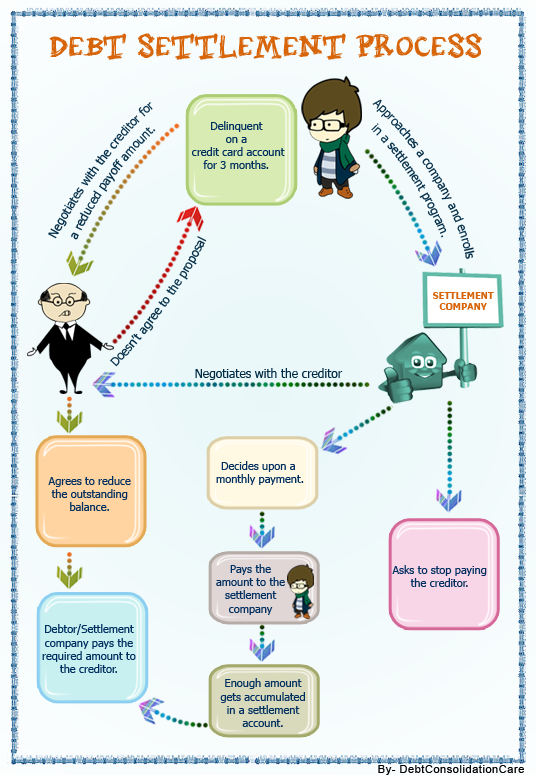Designing a Telemarketing Script: NLP Components
The initial State you present will set the stage and and the prospects first impression. State and demenior must be dynamic and able to adapt to specific scenarios. For the mostpart it is best to maintain a state is affermative and knowing; but there may also be times that confused and submissive are most appropriate.
You should always lead and set the pace of the Rapport. Matching and mirroring are great techniques but it is paramount that your speach remains as natural as possible. Matching the speed pitch and tone of your prospects voice are very usefull at making your prospect feel comfortable and familliar. In fact, using a customers exact words and phrases has been shown to reduce their anxiety levels and increase their trust in the message giver.
Value statements are another important component in designing a telemarketing script. When a message must be delivered quickly as in a sales call try following sentence design.
I can increase your _____ (adjective) earnings by 15%. ____(Adverb)
E.g. I can increase your impressive earnings by 15%. Immediatly.�
When developing slightly longer value propositions it is important to include both ‘toward’ and ‘away’ motivational statements.
E.g. Increasing your service plan will both improve your overall efficiency and reduce the aggrivation of excessive down time.
Delivering fact finding questions will enable you to get the most out of your valuable time. Find out what you need to know to make the sale. Before you start dialing ask your self ‘What am I actually trying to find out?’ If your script can not do this it must be refined.
Questions are a great way to identify your prospects criteria. Ask them what they are looking for in a product or what they will not stand for. You must lListen to your prospect’s exact words and identify their needs and wants as well as deal breakers and past experiences.
Since we can not touch or make eye contact over the telephone techniques for Anchoring your message are limited to tone and inflection of voice. Be sure to annunciate end exagerate key concepts; touch your prospect with the way you deliver the message.
Presenting and storytelling are great ways to connect your product to your prospects criteria. Effective story telling to should appeal to emotional issues taat were already revealed through questioning. For example you might say “I am concearned that you may be aprehensive about moving forward. It’s been a crazy Monday. My last client also started to get cold feet at the last minute. But i encourage you to call him. I am sure that he is very happy about his decision to move forward.”
Designing a Telemarketing Script: handeling objections
The use of tag questions like “should it?” or “will it?” can effectively help you inoculate against objections, test for a closing opportunity, build up yes sets and build up response potential. They are usefull but can be annoying to the prospect if overused and abused. Preemptive innoculation can be achieved by creating a list of likely objections and devise proactive questions and comments that can be added to the script. You might say
“Its a pleasure working with you. I delt with a customer obsessed with lowering our prices. You could tell that he had absolutely know understanding of the real benefits that come with our product. I guess he likes wasting each others time.”
Objections can also be effectively handled by ignoring them. If it is truely important the prospect will be sure to ask again. Outframing is also a great tactic: simply ask a question for further clarification and offer 2 alternatives. For example, if the prospect feels your product is over priced hit them with “are you concearned with the value of the product or your current resources for funding?” Their answer will allow you to reposture if necessary. Another way to fog the prospects line of thinking is to agree with their objection then follow up with a question: “You have a point, have you wourke with our company before?”
Closing and Prospecting
The first step is to test the waters. Just come out and ask where the prospect is at: “Do you think you are ready to move forward?” This will signal you to go ahead. Remember if you are not moving forward in the sales cycle you must move on! Above all, never leave empty handed. If you can not close the deal at least get another prospect!




 Below is a cold calling script used to generate telemarketed life insurance leads and appointments.
Below is a cold calling script used to generate telemarketed life insurance leads and appointments.

